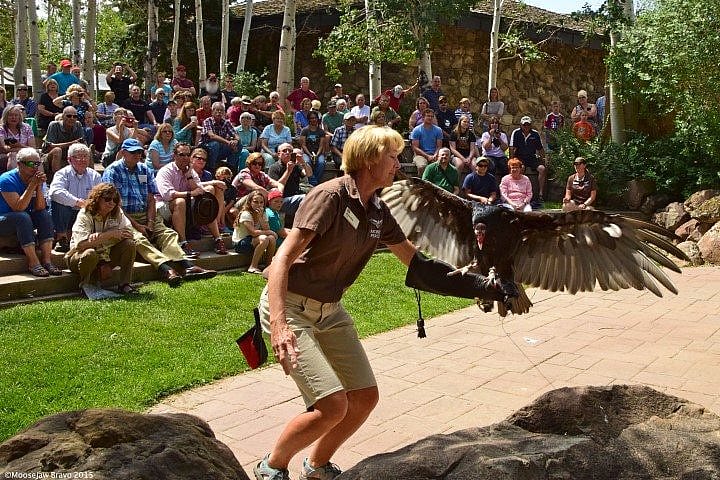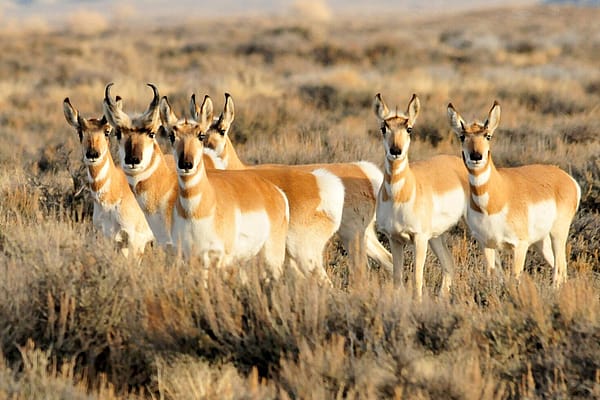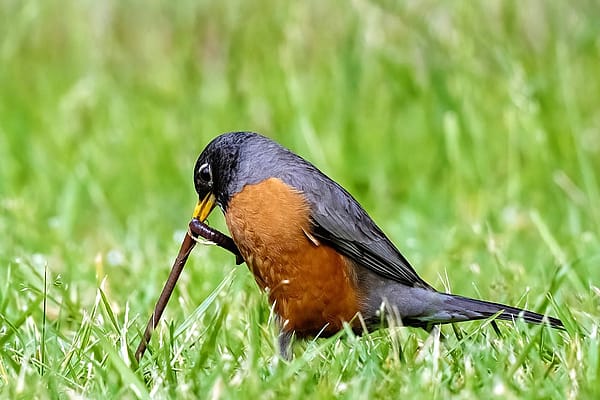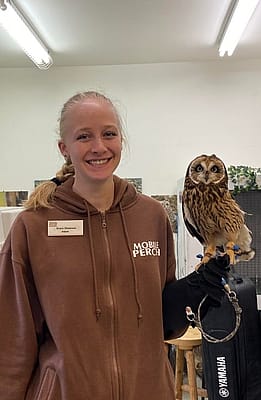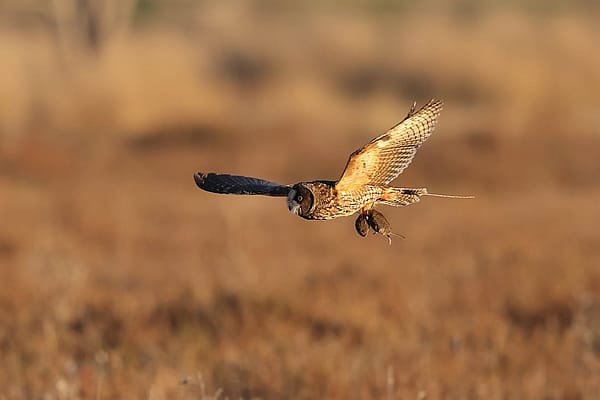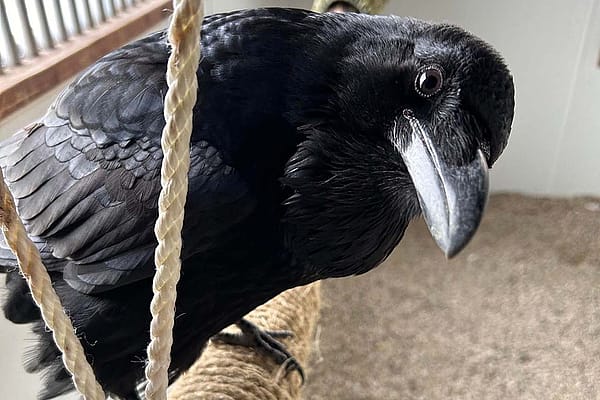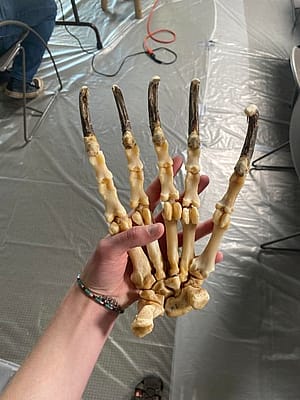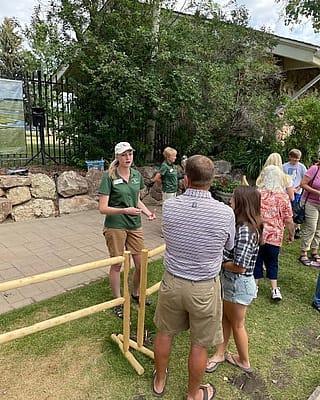
Super villain or Superhero? Misunderstood but Critical Wildlife Species
If you have been to the Center of the West either of the last two summers, you have probably seen our Superheroes of Nature show. During the thirty minute program, we discuss the amazing adaptations of four or five of our birds. These adaptations are what allow these wild animals to survive in nature and are the reason so many raptors are revered around the world.
Personally, my favorite part of this programs is when we bring out the “super villain” of nature, our Turkey Vulture, Suli. Vultures get a bad reputation based on people’s perceptions and on myths rather than the facts about the species. By the end of her segment, most of the audience has found a new appreciation for vultures because they learned how beneficial they are.
Unfortunately, misperception and misunderstanding is a problem for animals all over the world. Each species has a role to play in their ecosystem. Sadly, however, because humans think an animal is “ugly,” smelly, or creepy, the importance of their contribution to the ecosystem is often lost. So today I’m going to do my best to change your minds about some other perceived “super villains” of nature. Hopefully you’ll also see that the benefits of these animals outweigh the negatives…
Bats – One of the most misunderstood, yet beneficial, groups of animals on the planet is probably the bats. There are more than 1,300 species across the globe, but they are all often thought of as vampires. Of all the bat species, only three, THREE, feed on blood! And of those three, only one targets mammals. Plus . . . they don’t suck blood, they lap it up (picture a kitten drinking milk). Do they really deserve the bad reputation they’ve gotten? No! Bats are vital for several very important reasons:
- Pest Control – many bat species are insectivorous – insect eaters. Pregnant or nursing mothers of some species can consume up to their own body weight in bugs EACH night! Throughout the U.S., scientists estimate bats are worth more than $3.7 billion a year in reduced crop damage and pesticide use. That means there’s fewer chemicals being sprayed on our food.
- Pollination – most flowering plants cannot produce seeds and fruit without pollination. Around the world, nectar-feeding bats are critical pollinators for a wide variety of plants of great economic value. A few of the commercial plants that depend on bat pollinators include bananas, peaches, cloves, carob, & agave.
- Seed Dispersing – vast expanses of the world’s rainforests are cleared every year and fruit-eating bats are key players in dispersing seeds and thereby reestablishing those forests. Bats have been called the “farmers of the tropics” because of their importance.
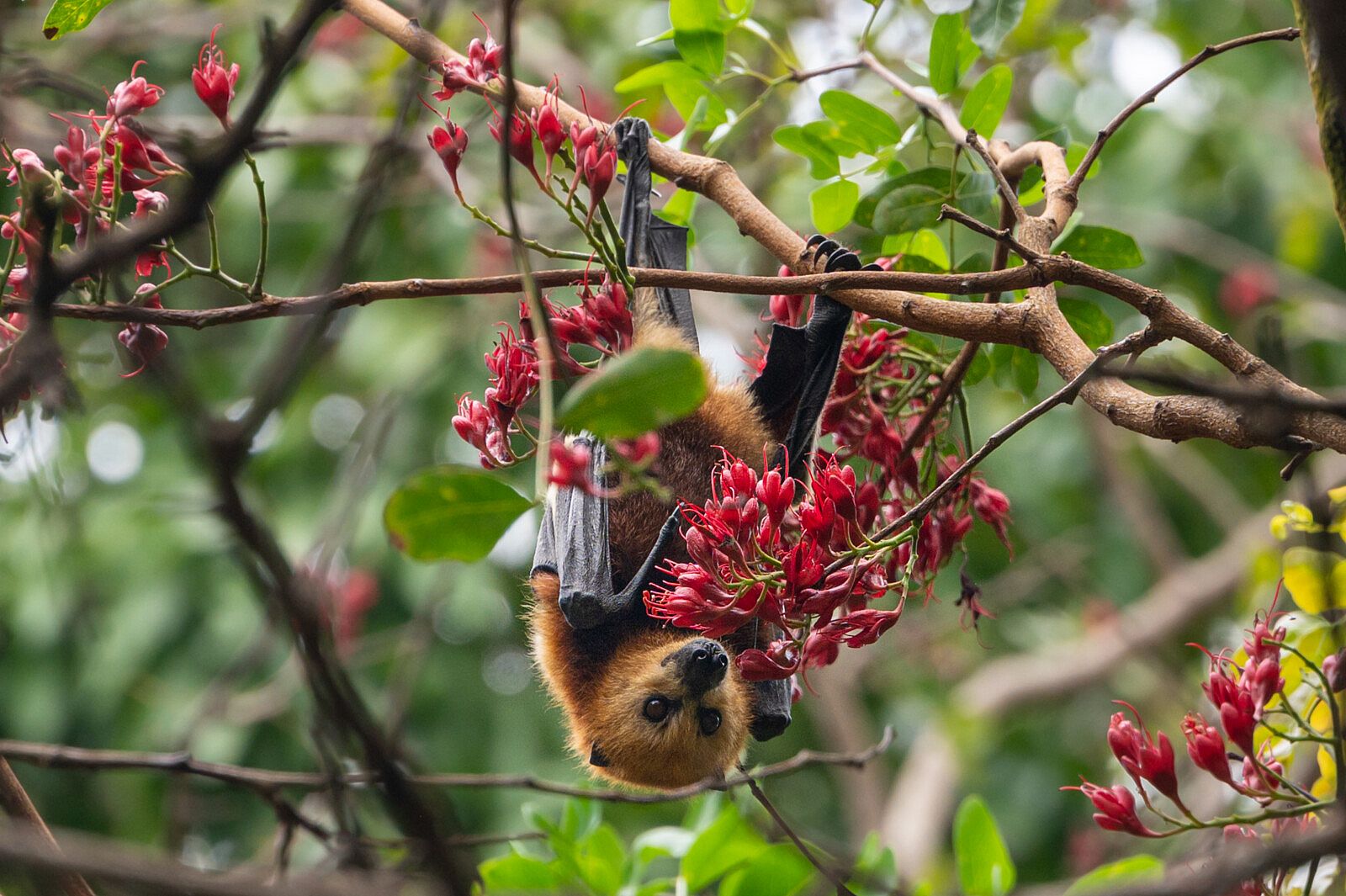
Spiders – an astonishing amount of people have a deep fear of spiders. Is it the eight legs, multiple eyes, or because of movies like Arachnophobia? Whatever the reason, folks really need to understand that spiders are generally really good creatures to have around. Although there are two spider species in North America that can bite and harm humans, relatively few spiders bite people because they are not able to pierce our skin. The majority of those spiders that can bite people have venom that is harmless to people. There are many reasons we should all have a new, positive appreciation for these creatures.
- Pest Control – almost every spider is carnivorous (an herbivorous spider species was recently discovered) and most spiders eat insects. That means spiders eat what eats our food. Like bats, spiders are critical in keeping our crops healthy & reducing the amount of pesticides we have to use.
- Medical Advances – a spider’s venom contains hundreds or possibly thousands of different chemical compounds. While scientists know these compounds exist, they haven’t fully researched all of them to see if they may be of use in the medical industry. In 2014 a physiologist at the University of Buffalo was researching the effects of the chemical compounds in a South American spider’s venom on patients with Muscular Dystrophy.
- Material Developments – spider silk has a higher strength-to-density ratio than steel! Scientists are looking to use spider silk to improve such varied products as airplanes, bulletproof vests, surgical threads, and prosthesis.
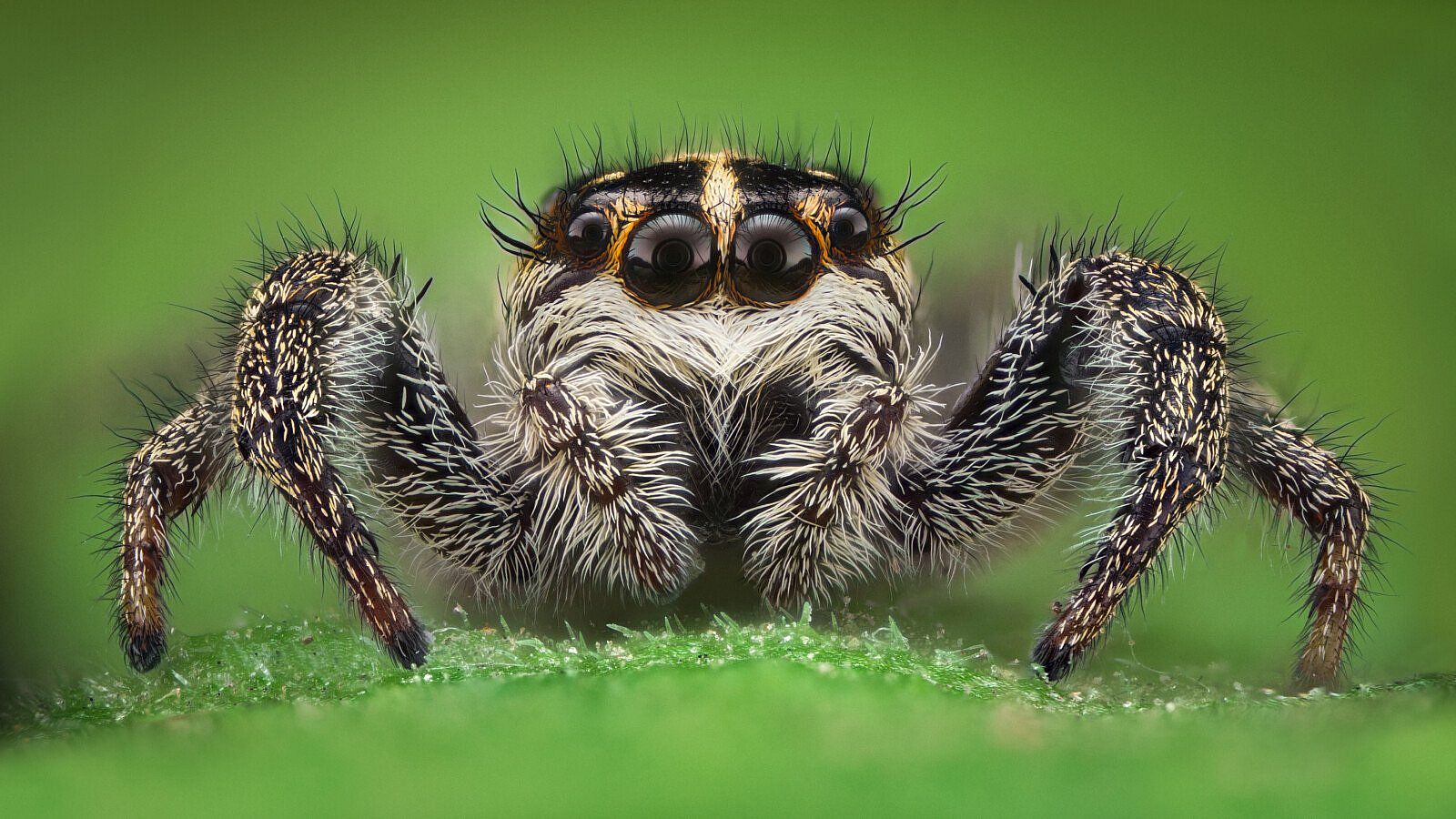
There are more than 45,000 identified species of spiders in the world and it’s estimated that there may be more than twice that many out there – we just haven’t found them yet. Imagine the potential positive impacts these little animals could have on the future of human kind…
Opossums – sure, one glance at a hissing opossum and it’s easy to see how they can be thought of as mean and dangerous – 50 pointy teeth can definitely be intimidating. But opossums are actually very non-aggressive and non-destructive animals. In fact, it’s true that these animals will play dead as a self-defense mechanism – they may be “comatose” from 40 minutes to four hours! Despite their essentially defenseless nature, opossums are one of the most unwanted creatures in the U.S. But here’s why you should like them…
- Pest Control – opossums love to eat pest animals like cockroaches, crickets, and beetles. They also catch and eat rats and mice!
- “Garbage Disposal” – in addition to scavenging and eating all sorts of dead animals they find, opossums like overripe fruit, berries, and grapes that fall to the ground and are unwanted by humans.
- Disease Control – despite their reputation, opossums spend an incredible amount of time cleaning themselves. Like most wild mammals, opossums are exposed to lots of ticks. Ticks carry many diseases including Rocky Mountain Spotted Fever and Lyme Disease. Opossums LOVE to eat ticks! Ticks that crawl onto opossums rarely even get to bite as they are eaten so quickly. That means there are less ticks out there spreading disease.
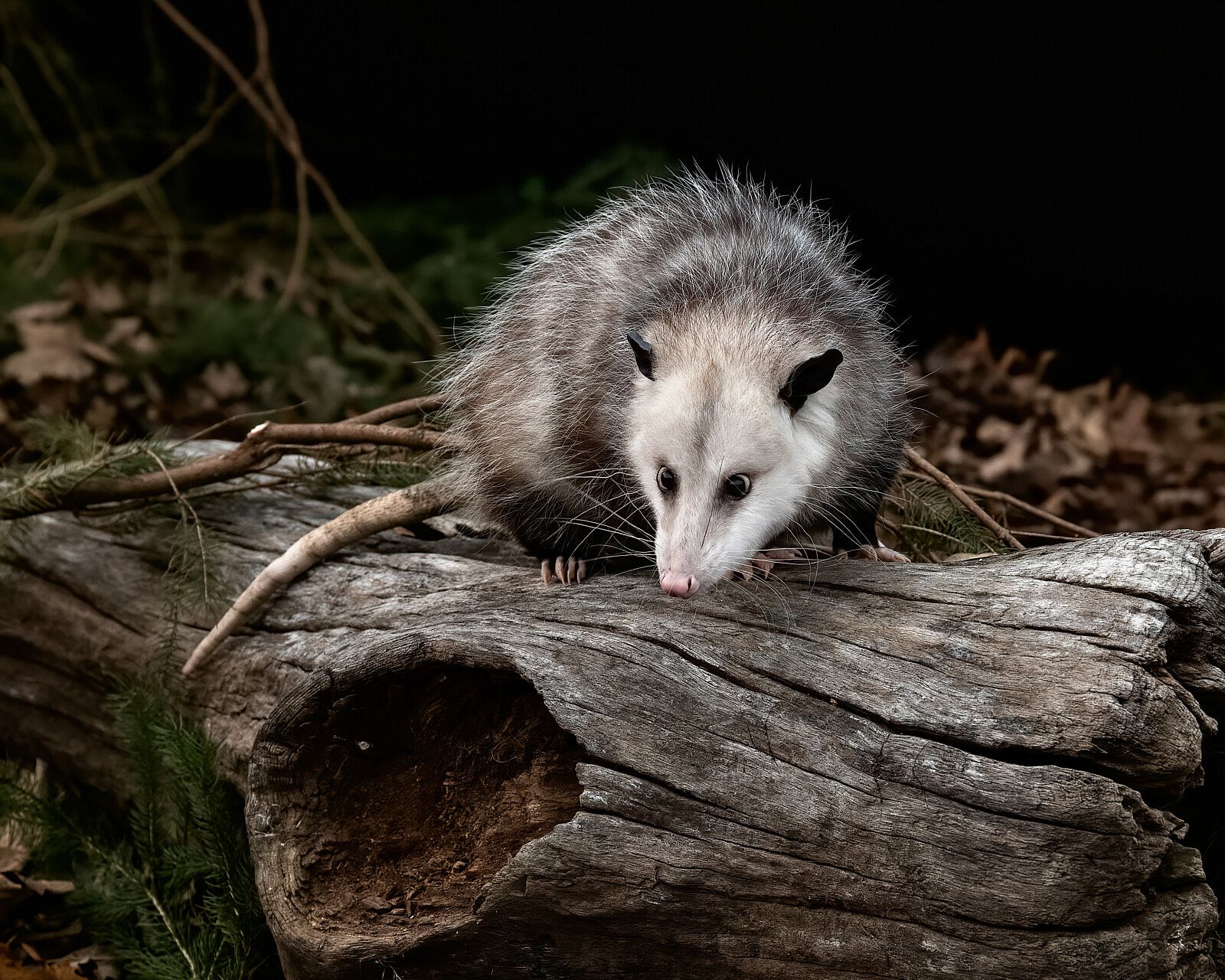
While this blog has only touched on a few examples of the most unloved creatures out there, I hope it will inspire you to think twice before you judge a creature by its looks or by what you’ve heard about them. There are dangerous versions of many animals around the world and certain regions of the globe have a higher percentage of these critters. What is important is to remember that every species has a purpose and we can’t all be pandas or elephants…
References:
Hance, Anne. “EXPLORIT SCIENCE CENTER: Science Facts.” EXPLORIT SCIENCE CENTER: Science Facts. N.p., n.d. Web. 06 Jan. 2017. <http://www.explorit.org/science/spider.html>.
“Important.” Important. N.p., n.d. Web. 06 Jan. 2017. <http://www.batcon.org/why-bats/bats-are/bats-are-important>.
Palmer, Brian. “Spiders protect our food supply, and we need to start taking care of them.” The Washington Post. WP Company, 21 July 2014. Web. 06 Jan. 2017. <https://www.washingtonpost.com/national/health-science/the-case-for-spider-conservation-they-keep-pests-from-devouring-humans-food-supply/2014/07/21/07b0a21e-0b8c-11e4-8341-b8072b1e7348_story.html>.
Papple, Dawn-papple. “Opossums: The Unsung Heroes Against Lyme Disease And Other Tick-Borne Diseases.” The Inquisitr News. N.p., 06 Jan. 2017. Web. 06 Jan. 2017. <http://www.inquisitr.com/2106782/opossums-the-unsung-heroes-against-lyme-disease-and-other-tick-borne-diseases/>.
“OPOSSUMS.” OPOSSUMS. N.p., n.d. Web. 06 Jan. 2017. http://www.pleasebekind.com/opossum.html>.
Written By
Melissa Hill
While earning her Bachelor's Degree in Wildlife Management at the University of Wyoming, Melissa began volunteering at Laramie Raptor Refuge and was instantly hooked on birds of prey. Since those early days, she has worked with nearly 70 different raptors at four different raptor education groups in three states. She is a former member of the Education Committee for the International Association of Avian Trainers and Educators (IAATE) and a National Association for Interpretation's Certified Interpretive Guide. When she's not "playing with the birds" she enjoys spending time quilting, crocheting, and exploring the Greater Yellowstone Ecosystem with her non-bird family.
